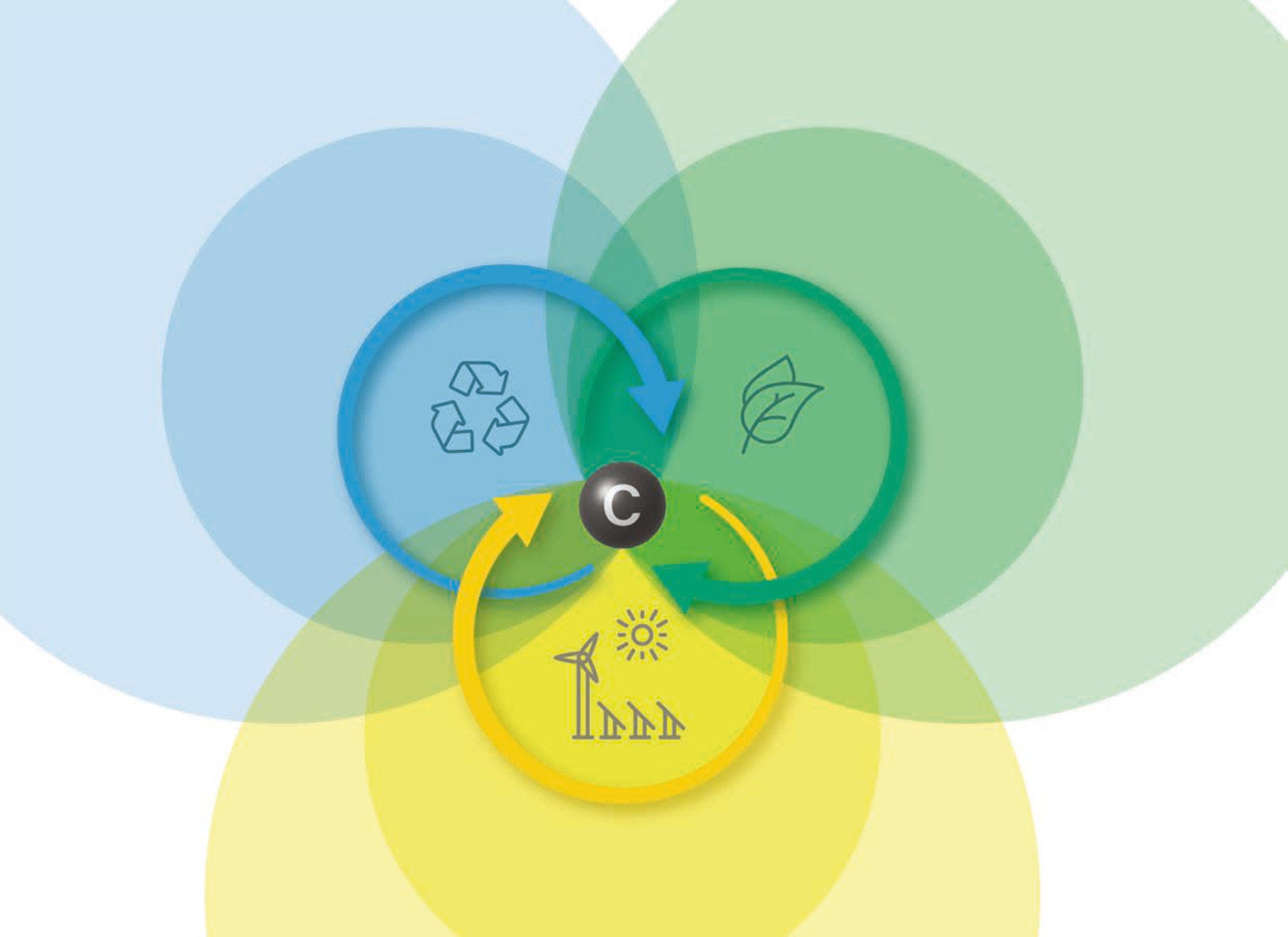The bioeconomy brings opportunities for economic growth while tackling climate change. Fossil carbon resources can be replaced by bio-based carbon resources, especially biomass. To allow these solutions to be scaled up without threats to biodiversity and the environment, it is necessary to develop the bioeconomy as a circular economy. With this carbon management approach, other sources of carbon complement biomass: industrial waste, including gases such as CO and CO2, as well as physically and chemically recycled carbon. In the future, direct air capture (DAC) may become competitive and form part of the solution. These approaches can be considered ‘circular’ because they close material loops and keep carbon recycling in the economy rather than emitting carbon to the atmosphere. This report reviews a number of hybrid technologies that can be deployed to ‘defossilise’ economic sectors and sets out policy options to bring these technologies to commercial scale. In this case ‘hybrid’ refers to a combination of different types of technologies that can achieve a goal where a single technology cannot.
The report is not primarily about climate change and its mitigation. Whilst this is inherent to the report, much of what is discussed refers to other sustainability issues that will need to be addressed as well as reductions in greenhouse gas emissions. In particular, many of the described technologies have important roles in the relief of pressure on land. While biomass has important roles to play in a green transition, the use of waste materials such as industrial gases in technologies complements the use of biomass and widens the prospects for reaching net-zero carbon by mid-century. In doing so, other critical concerns of sustainability are addressed, such as preserving biodiversity and soil quality.
For policy makers, the future technological landscape generates one of the big challenges for the first half of this century. Much of the technology required is under-developed. A great deal of focus has been on carbon capture and storage (CCS). Whilst CCS is essential, the technologies described here are mostly for carbon capture and utilisation (CCU), which has the potential to write a new chapter in manufacturing. To do so requires government interventions across a large range of policy types. In general, there is a need for both supply-side and demand-side policies on a very large scale. The report points to policy efficiencies that would be availed by taking a holistic approach to policy to reduce the possibilities of unintended, and unwanted consequences created by policy dilemmas arising in this extremely complex arena.
